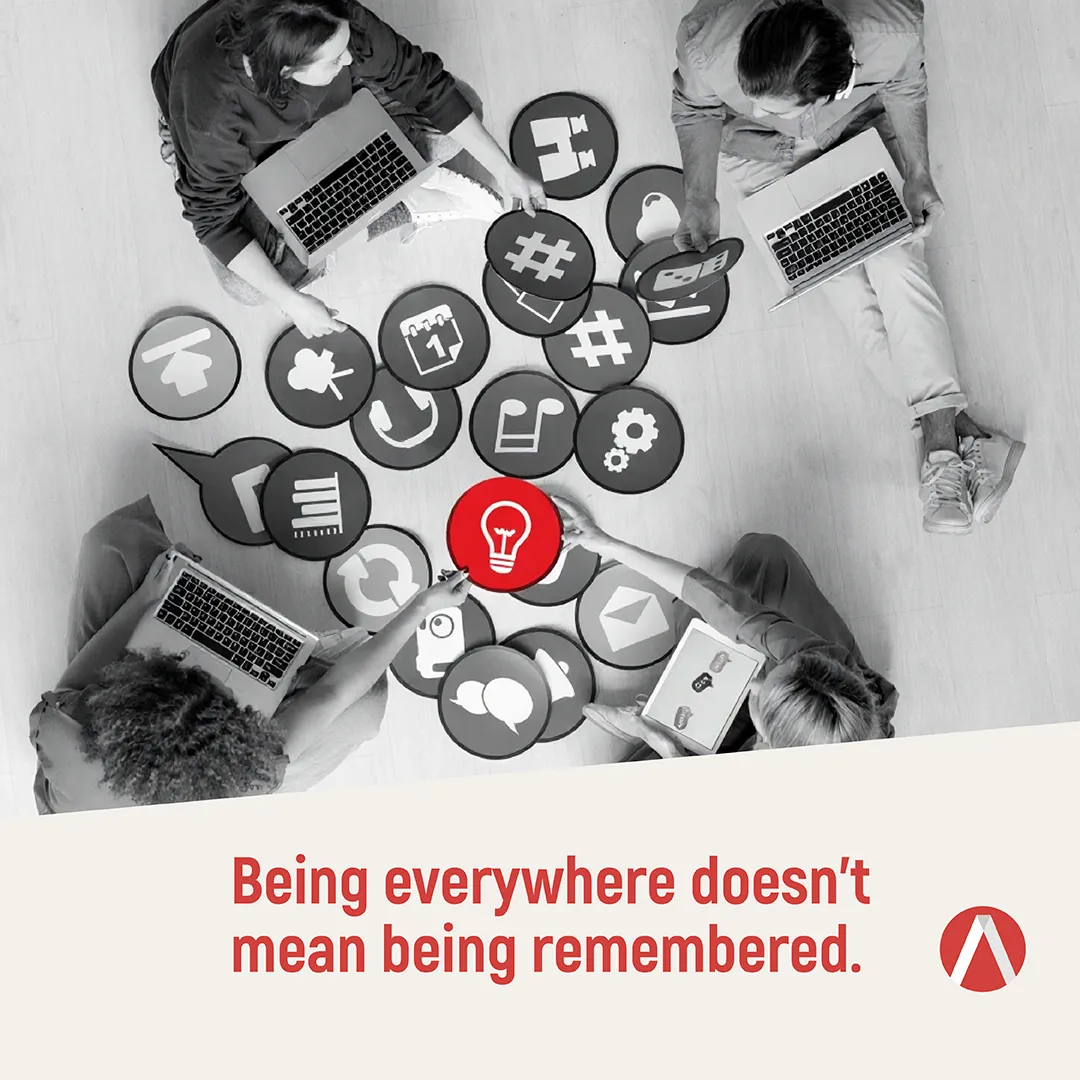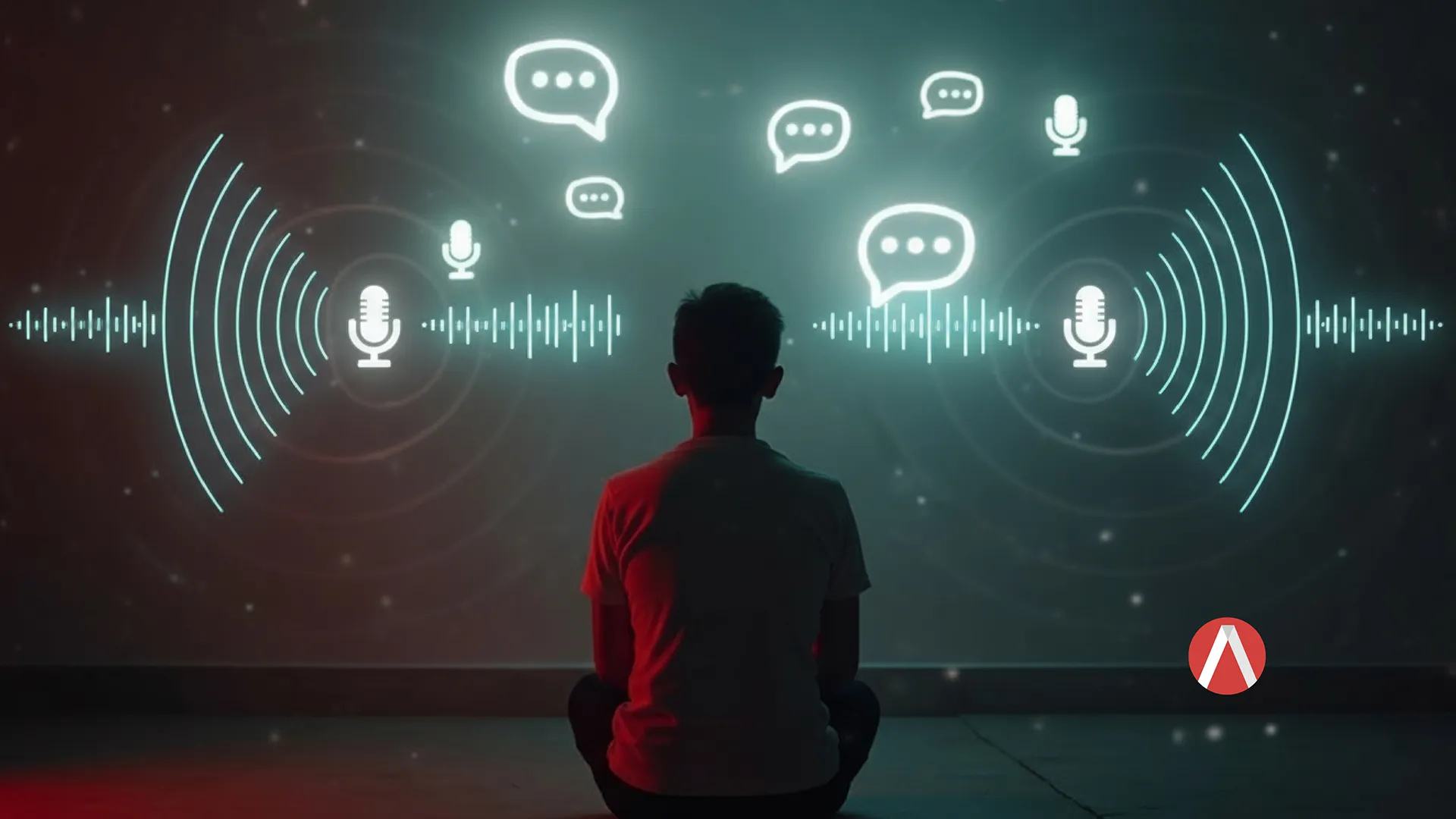Key Takeaways
- Being always-on through nonstop content, channels, and automation might sound efficient but it can erode what makes your brand distinct.
- When your brand feels like a utility, you’re not inspiring loyalty; you’re competing on price, speed, and noise.
- Attention has become the world’s most valuable currency, and marketing leaders must learn how to convert attention into remembered difference.

I’ll never forget sitting in a strategy session where a marketing team proudly shared their latest results deck. Slide after slide showcased their omnipresence: daily content across eight platforms, an always-on CRM humming with automation, influencer partnerships expanding by the week, and a paid strategy that seemed to touch every corner of the internet.
It was a marvel of modern marketing efficiency; a well-oiled machine designed for maximum reach. But then someone in the room asked the quiet question no one wanted to voice: “How’s engagement holding up?”
The room went still. After a pause, the answer came: “Flat. People see us but they’re not reacting anymore.”
That moment crystallized something for me: visibility isn’t the same as vitality. When brands focus so much on being everywhere, they risk becoming background noise. They become so visible… that they’re invisible.
The Always-On Trap
Marketing’s obsession with being “always-on” started with good intentions: meet the customer wherever they are. But in execution, it’s become a race to be everywhere rather than to stand for something.
Every algorithm update and automation platform reinforces it, encouraging marketers to fill every second of digital space with content, hoping that volume equals value.
But here’s the hard truth: attention isn’t infinite. Distinction is.
According to a 2022 Forbes Agency Council report, the average person is exposed to between 6,000 and 10,000 marketing messages every single day, yet only a fraction ever make it past our cognitive filters.
The brain’s job is to forget what it deems irrelevant. If your brand’s message doesn’t create an emotional or cognitive spike, it’s sorted into the background noise almost instantly. The “forgettable majority” isn’t made up of bad brands; it’s made up of indistinguishable ones.
That’s the paradox of modern marketing: we’ve never had more ways to be seen, yet it’s never been easier to be ignored.
And that’s the hidden danger of the “always-on” mindset. It trains brands to act like utilities; consistent, efficient, reliable…but in the end, not memorable.
Or as I sometimes like to say, utilities don’t get love letters; they get invoices.
What Happens When You Stop Talking So Much
Sometimes, the smartest move in marketing isn’t acceleration, it’s the brake.
When brands start producing at full throttle…posting, promoting, and publishing without pause…the result often isn’t growth. It’s glut. We’ve seen it across industries: brands doing too much of everything and not enough of what truly matters.
So, what happens when you hit pause?
You get clarity.
You see where your audience actually engages and where they don’t. You identify the two or three places where your brand can own the conversation, not just participate in it. And when you rebuild your strategy around storytelling, distinctive voice, and purpose…rather than algorithms…you create space for meaning again.
The impact can be remarkable:
- Brands that simplify their marketing focus often see share of voice increase by double digits.
- Engagement rates climb even with reduced output.
- Most importantly, perception shifts from being seen as “one of those” to “the one that…”
In other words, less noise. More notice.
And they’re not alone.
- A 2024 Kantar study found that brands with distinctive brand assets grow market share 3x faster than those with “high activity but low differentiation.”
- The Ehrenberg-Bass Institute confirmed that share of voice without distinctiveness delivers diminishing returns after a certain frequency threshold.
And McKinsey reported that 69% of CMOs believe “channel overextension” is eroding the creativity and cohesion of their messaging.

The Paradox of Modern Marketing
As costs rise and attention fragments, many brands double down on being louder when they should be clearer.
Consumers today aren’t looking for more content; they’re looking for meaningful consistency.
- Patagonia doesn’t flood the feed; they build community around purpose.
- Liquid Death didn’t outspend Coca-Cola; they out-differentiated them through audacious storytelling.
- Duolingo’s social success didn’t come from posting daily, it came from creating a distinctive brand persona that audiences actually remember.
The “always-on” era taught us efficiency. The next era demands intention.
How to Reclaim Your Brand’s Edge
If your brand feels like it’s blending in, here are three questions to ask yourself right now:
- Would people miss us if we went silent for a week? If not, your brand has become background noise, not a voice.
- Are we producing content or creating conversation? The former fills feeds, the latter fills minds.
- Where do we actually have permission to lead the dialogue? You don’t have to be everywhere, just own somewhere.
Food for Thought
If someone silently replaced your brand with a copy, would anyone notice, or would the market keep scrolling?
If your brand is drowning in “always-on” noise, it’s time to stop doing everything and start doing what matters. Let’s sharpen your voice, reclaim your distinctiveness, and turn attention into remembered difference. Contact me today, and let’s make your brand impossible to forget.





